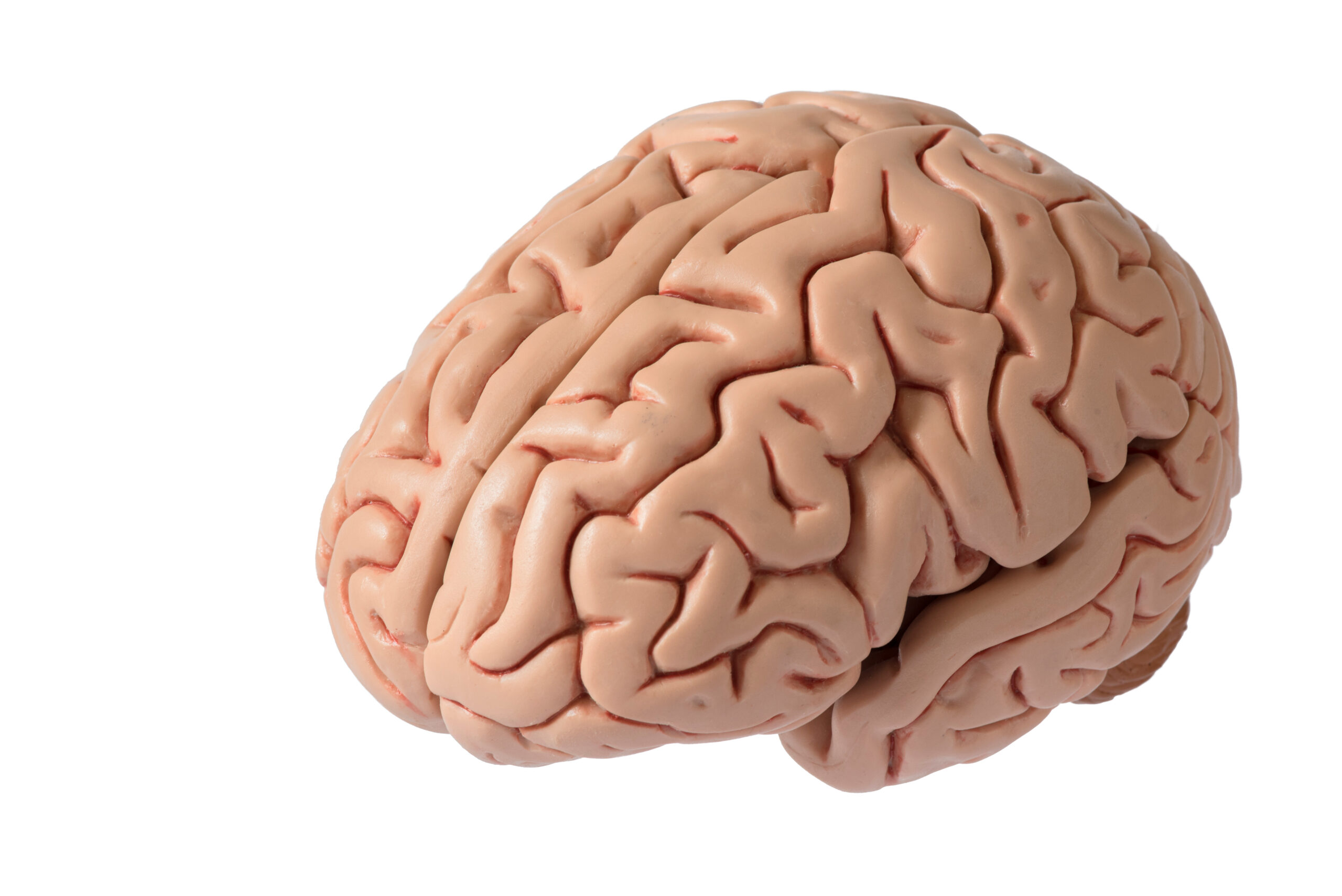The Importance of Keeping a Dementia Patient’s Favorite Items Accessible
Keeping a dementia patient’s favorite items accessible is crucial for their comfort and well-being. These items often hold sentimental value and can evoke positive memories, providing a sense of security and familiarity in a world that may seem confusing. Here are some reasons why accessibility to these items is important and how it can be achieved.
Firstly, familiar objects can stimulate memory and emotional connection. For individuals with dementia, seeing or holding items from their past can trigger memories and emotions, helping them feel more connected to their personal history. This can be especially beneficial when used in conjunction with activities like reminiscence therapy.
Secondly, having favorite items nearby can reduce anxiety and agitation. Many people with dementia experience restlessness or anxiety due to their inability to recall recent events or understand their surroundings. Access to comforting items can provide a calming influence, helping to soothe these feelings.
Lastly, maintaining independence is vital for individuals with dementia. By keeping favorite items within reach, patients can engage with them independently, which supports their sense of autonomy and self-worth. This can be particularly important for activities that involve personal care or leisure.
To ensure accessibility, caregivers can use simple storage solutions like memory boxes or shelves that are easy to navigate. These should be placed in areas where the patient spends most of their time, such as a living room or bedroom. Additionally, using assistive technology like digital photo frames can help display favorite memories without requiring physical handling of photos.
In summary, keeping favorite items accessible for dementia patients is a thoughtful way to support their emotional and psychological well-being. It encourages memory recall, reduces anxiety, and promotes independence, all of which are essential for maintaining quality of life.





